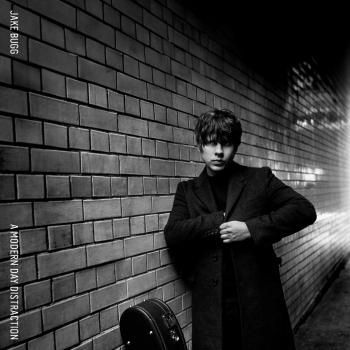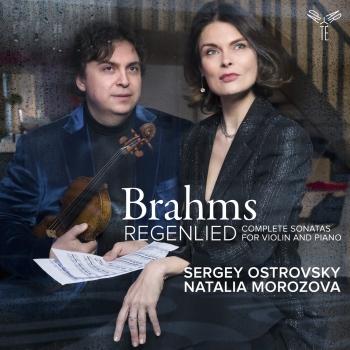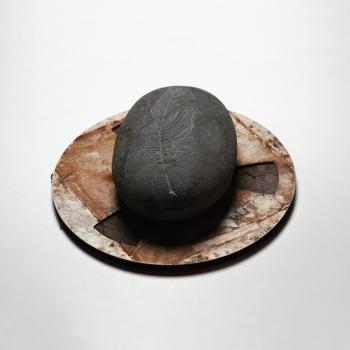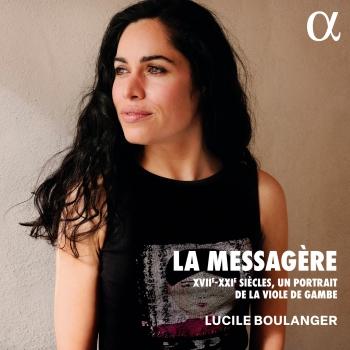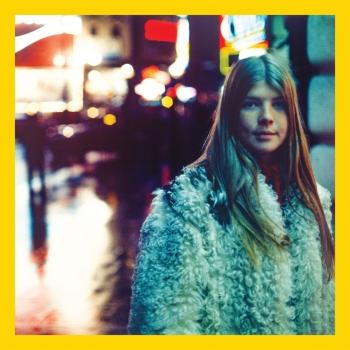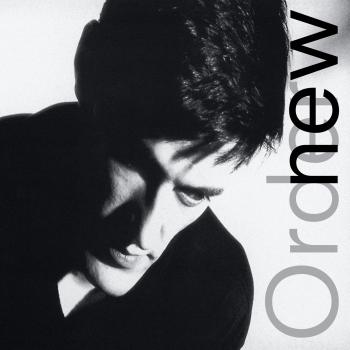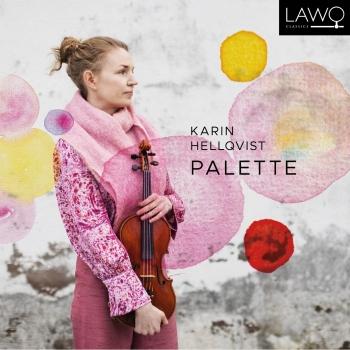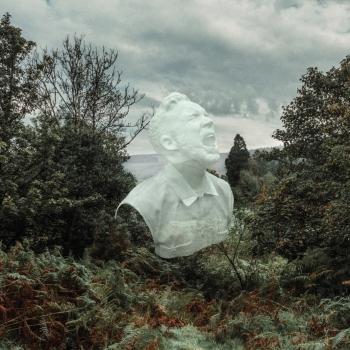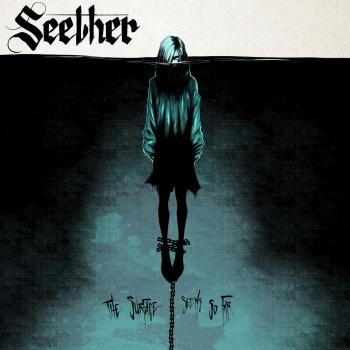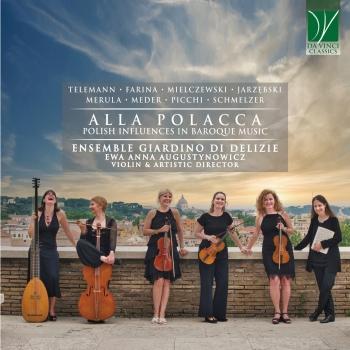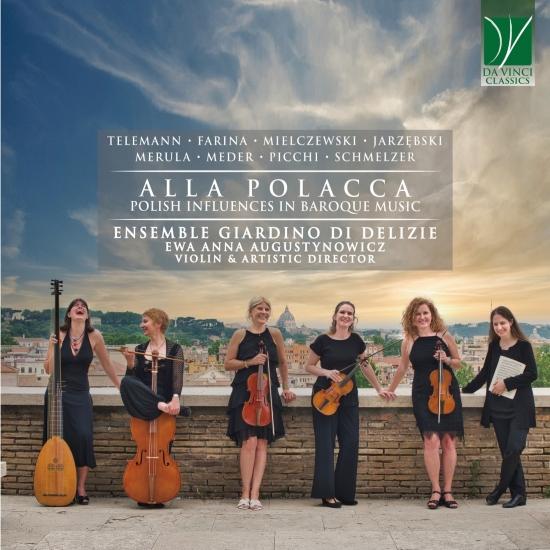
Alla Polacca: Polish Influences in Baroque Music Ensemble Giardino di Delizie
Album info
Album-Release:
2022
HRA-Release:
16.08.2024
Label: Da Vinci Classics
Genre: Classical
Subgenre: Chamber Music
Artist: Ensemble Giardino di Delizie
Composer: Georg Philipp Telemann (1681-1767), Antonio Farina (1803-1888), Adam Jarzębski, Marcin Mielczewski
Album including Album cover
- Georg Philipp Telemann (1681 - 1767): Quartet (Concerto Polonaise) in G Major, TWV 43:G7G_Major:
- 1Telemann: Quartet (Concerto Polonaise) in G Major, TWV 43:G7G_Major: I. Dolce02:13
- 2Telemann: Quartet (Concerto Polonaise) in G Major, TWV 43:G7G_Major: II. Allegro02:27
- 3Telemann: Quartet (Concerto Polonaise) in G Major, TWV 43:G7G_Major: III. Largo01:57
- 4Telemann: Quartet (Concerto Polonaise) in G Major, TWV 43:G7G_Major: IV. Allegro01:50
- Carlo Farina (1600 - 1639): Sonata detta la Polaca:
- 5Farina: Sonata detta la Polaca10:07
- Marcin Mielczewski: Canzona terza a 3:
- 6Mielczewski: Canzona terza a 303:18
- Adam Jarzębski (1590 - 1649): Sentinella:
- 7Jarzębski: Sentinella03:48
- Johann Valentin Meder (1649 - 1719): Sonata, “Der Polnische Pracher“:
- 8Meder: Sonata, “Der Polnische Pracher“: I. Preludio01:23
- 9Meder: Sonata, “Der Polnische Pracher“: II. Choral03:00
- 10Meder: Sonata, “Der Polnische Pracher“: III. Finale02:51
- 11Meder: Sonata, “Der Polnische Pracher“: IV. Aria02:23
- Tarquinio Merula (1595 - 1665): Canzoni overo sonate concertate per chiesa e camera, Book 3, Op. 12:
- 12Merula: Canzoni overo sonate concertate per chiesa e camera, Book 3, Op. 12: XIV. La polachina04:20
- Giovanni Picchi (1571 - 1643): Intavolatura di balli:
- 13Picchi: Intavolatura di balli: Ballo alla polacha02:37
- Georg Philipp Telemann: Sonata Polonaise in a minor, TWV42:a8:
- 14Telemann: Sonata Polonaise in a minor, TWV42:a8: I. Andante00:51
- 15Telemann: Sonata Polonaise in a minor, TWV42:a8: II. Allegro03:56
- 16Telemann: Sonata Polonaise in a minor, TWV42:a8: III. Dolce01:08
- 17Telemann: Sonata Polonaise in a minor, TWV42:a8: IV. Allegro01:07
- Adam Jarzębski: Concerto a 3, "Bentrovata":
- 18Jarzębski: Concerto a 3, "Bentrovata"02:55
- Marcin Mielczewski: Canzona primna a 3:
- 19Mielczewski: Canzona primna a 306:37
- Johann Heinrich Schmelzer: Polnische Sackpfeiffen:
- 20Schmelzer: Polnische Sackpfeiffen06:10
Info for Alla Polacca: Polish Influences in Baroque Music
Alla Polacca is an invitation to delve into the world of sounds, scents and flavours of Poland and Polish folklore. What is presented here is a journey through Poland and Polish culture through the eyes of various European and Polish composers who lived, worked or traveled to Poland in the seventeenth and eighteenth century and whose compositions present elements of the Polish style.
To begin with, discussing music of the Polish Baroque as well as different relations and cultural exchange between Polish and European composers, it is impossible to ignore historical events that had a direct influence on the state of the nation and its culture. In the seventeenth-century Poland a dynamic, open-minded country welcoming enthusiastically new artistic ideas coming from the Southern and Western Europe. The reign of both Vasa kings – Zygmunt III and Władysław IV was a period of outstanding excellence in Polish music both of them being great lovers of the arts. Zygmunt III Vasa reorganised the royal ensemble and recruited many Italian musicians who constituted an important part in the orchestra till his death. Władysław IV continued his work and brought to Poland many eminent Italian artists who worked alongside the renowned Polish musicians and composers for the famous Royal Chapel at a newly founded opera theatre in Warsaw.
These migrations reveal a network of musicaland culture-related connections that existed between Italy and Poland as well as expose the considerable impact of Italian musicians who, during their lives, pursued their activities in various cultural centres.
Tarquinio Merula (ca. 1595-1665) most probably came to Warsaw around 1621 and stayed here untill the first months of 1626 in the service of the Polish king Zygmunt III Vasa. His style had a great impact on the output of the Polish musicians at the Royal Chapel. He was the first to compose the pieces for the solo voice with the accompaniment of the violin and basso continuo. More than ten years after his return to Italy he published the collection “Canzoni overo Sonate Concertate per chiesa e camera” op. 12 where the piece “La Polachina” with some Polish folklore elements can be found.
Another Italian composer who had a possibility to visit Poland during his life was Carlo Farina (ca. 1600-1639). He was born in Mantova and was an one of the most important Italian violinists of the early seventeenth century. He spent important part of his life at the court of Dresden, working close to Henrich Schütz. Then he spent some time working in Bonn, Parma, Lucca and Massa. 1636 he left Italy and went to Gdańsk, where he was offered the violinist position in the municipal orchestra. Although his stay in the Dresden music court was brief, nevertheless it had a lasting effect, as he brought the Italian sonata and violin style to the German speaking countries. During his stay in Dresden he published five volumes, among them sonatas for 2, 3, 4 instruments and basso continuo. Most of them have titles that depict the actual character of the piece. For example in the Sonata detta La Polaca, he uses some Polish dance rhythms.
Adam Jarzębski (1590-1648), one of the leading Polish composers of the seventeenth century, was a violinist, rhymist and author of the delightful work The Highway or a Portrayal of Warsaw. From 1617 he was a member of the Royal Chapel where he worked during the years of its exuberant development under the kapellmeisters A. Pacelli, A. F. Arnerio and M. Scacchi. He remained in the chapel until his death. His legacy consists of a collection entitled Canzoni e Concerti, comparable to the works of the Italian pioneers of violin music, with whom Jarzębski became acquainted during his year-long stay in Italy. This collection is of particular importance in the history of Polish music, because apart from three fantasies by Mikołaj Zieleński, it is the first fairly large set of Polish compositions for instrumental ensembles. We can find two of the pieces Bentrovata and Sentinella in this album. Each piece sets a different mood, creating a specific musical picture. ...
Ewa Anna Augustynowicz, baroque violin & artistic director
Katarzyna Solecka, baroque violin
Svetlana Fomina, baroque violin & baroque viola
Agnieszka Oszańca, baroque cello
Giorgia Zanin, theorbo & baroque guitar
Elisabetta Ferri, harpsichord & organ
Anna Skorupska, 2nd viola
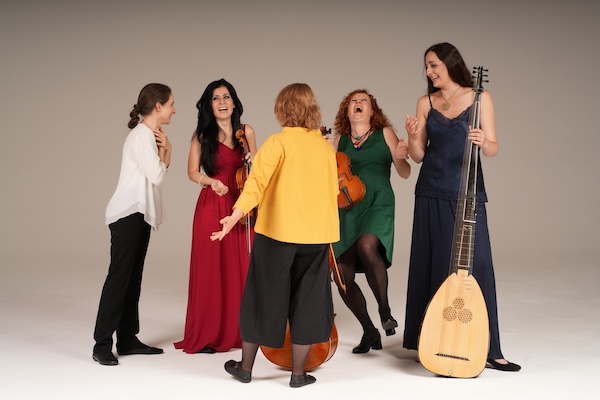
The Giardino di Delizie
is a dynamic and creative female Baroque Ensemble that was founded in 2014 in Rome by its artistic director Ewa Anna Augustynowicz. Its members are all specialists in the field of historical performance practice, having studied with eminent international masters such as E. Onofri, E. Gatti, F. Pavan, M. Testori, B. Hoffmann, Ch. Rousset, E. Baiano, E. Mascardi etc. They also play regularly with other ensembles, including Les Eléments, Divino Sospiro, Capella Cracoviensis, Accademia Montis Regalis, Europa Galante, Arianna Art Ensemble, Collegium Pro Musica, Quatuor Mosaiques, Concerto Romano, Accordone and Pomo d’Oro, I Barocchisti etc.
The ensemble is based in Poland and Italy and since its foundation has pursued its activity in Italy and abroad, playing at many internationally renowned festivals and venues, such as the Almisonis Melos Festival, the Circle of the Armed Forces at the Ministry of Defence (Rome), Rome Polish Institute of Culture, Filarmonica Romana, Festival Sulle Ombre del Cusanino, Vantaa Music Festival (Helsinki) and the Oude Musik Festival (Utrecht). It has also taken part in various festivals in Poland, including the Schola Cantorum Early Music Festival, Wilanow Palace Warsaw, Società Dante Alighieri Katowice, Barok na Spiszu, Festival Misericordia, Szczecin Baroque Music Festival, Maj z Muzyką Dawną Festival, as well as performing for the Festival de Música Antiga dels Pirineus (Spain) Pietà de’ Turchini (Naples), Witold Lutosławski Concert Studio of Polish Radio etc. In 2018, in collaboration with the Polish Institute of Culture in Rome and Polish Consolate in Milan, Giardino di Delizie performed Polish Baroque music in various prestigious venues all over Italy, celebrating the 100th anniversary of Polish independence (Turin University, Società del Giardino in Milan, Museum of Instruments in Rome).
The Giardino di Delizie musicians believe in the need to “saper ben parlare per ben suonare”. Ewa Anna Augustynowicz, its artistic director and PhD scholar, having had always a multitasking and creative personality, is focused on research in the field of musicology and history of music with particular regard to the Roman and Polish Baroque repertoire, rediscovering forgotten composers and establishing links between the two countries. This is, in fact, the main characteristic of the ensemble’s activity and its main goal. The intensity and excitement of their performances is also the fruit of their extensive historical research, which has led to the rediscovery of masterpieces by Italian composers centred in Rome, and those of Polish and Italian composers active at the court of the Polish kings.
The ensemble’s first recording (world premiere) featured Lonati’s Sinfonie a tre, released by Brilliant Classics in 2019, which received widespread critical acclaim. The American magazine “Fanfare” wrote: “These are spirited performances, notable not just for their technical polish, but also for their heart and human excitement. I can’t imagine this level of achievement being surpassed anytime soon, if at all.”
The group’s second recording Gems of the Polish Baroque, devoted to 17th century Polish instrumental music, was released in March 2020 by Brilliant Classics. Ruch Muzyczny, a renown Polish Music Magazine described it as “the best recording of the 17th century Polish instrumental music as yet”.
Its third CD featured the first modern recording of the 10 sinfonie a tre by Lelio Colista, another Roman composer admired in his own time and inexplicably forgotten by posterity. It was also highly praised in specialist publications and the general press and nominated to the prestigious Preis der Deutschen Schallplattenkritik in January 2021.
As Giuseppina La Face wrote in the Italian daily paper Il Fatto Quotidiano “The Ensemble exalts both the serene severity of the counterpoint and the full, gentle sonority of the music with elegant phrasing and clear rhythmic contrasts that are never aggressive. An excellent performance, with the added value of focusing attention on a hitherto neglected composer of quality, thereby enriching our knowledge of music in Rome during the 17th century.”
The fourth CD by Giardino di Delizie, Stradella Complete Violin Sinfonias published in June 2021 by Brilliant Classics was given 5 stars by the German Music Magazine Pizzicato: „Giardino di Delizie is convincing in its elegant élan, its sense of appropriate tempi and the works’ tonal idiosyncrasies, which transmits all the music’s vibrations and reminds us that the basso continuo is the backbone of this music. This should not prevent us from highlighting the rhetoric of soloist Ewa Anna Augustynowicz“.
In April 2022 the Ensemble released the album “Alla Polacca” containing baroque music pieces inspired by Poland and its folklore, published by the Japanese label DaVinci Publishing. It was nominated to the Preis der deutschen Schallplattenkritik in July 2022. Ruch Muzyczny 18/2022 summarized it in this way: “…The element that allows to highlight national distinctiveness in the simplest way is metrorhythmics. So the dances – with their accentuation, tempos and character. The Roman ensemble does this suggestively, not shying away from slight exaggeration – after all, it finds mazurka rhythms in pieces in which other performers do not go beyond the accepted convention, for example in Sentinelli and Bentrovata by Adam Jarzębski. And it should be known that this is a very interesting approach, bringing a breath of fresh air into the Polish repertoire canon. The artists are eager to emphasize the modal layer, extracting raw bourdon from the scores and ornamenting the melodies in an original way… Most of the pieces are in trio arrangement, with Ewa Anna Augustynowicz and Katarzyna Solecka exchanging in leading the parts of the first violins. They dialogue and interact very well with the rest of the ensemble, and their virtuosity and unconventional imagination contribute to giving the whole production an effective face.”
In September the ensemble released its recent CD for Brilliant Classics with the complete Trio Sonatas by the Italian female composer Isabella Leonarda.
This album contains no booklet.

